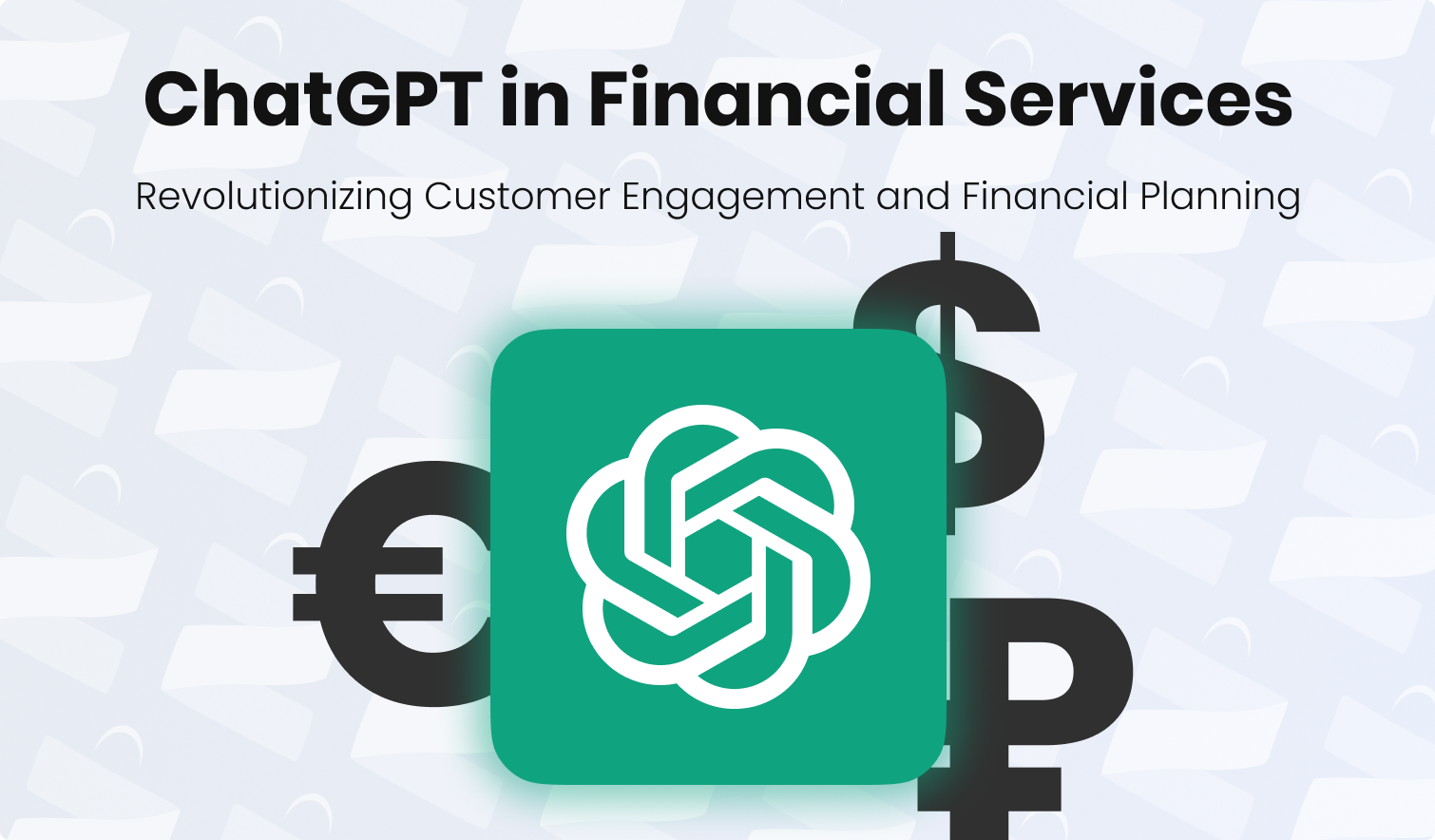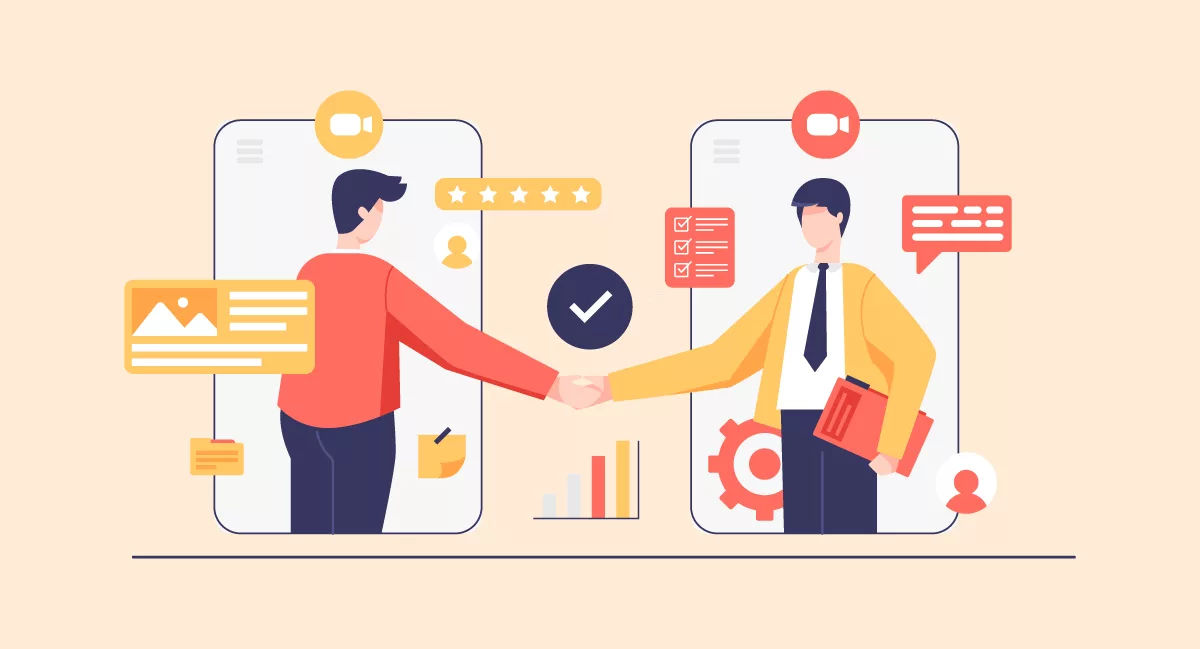“Revolutionizing Customer Onboarding: How ChatGPT Can Transform Your First Impressions
Artikel Terkait Revolutionizing Customer Onboarding: How ChatGPT Can Transform Your First Impressions
- ChatGPT: Unleashing The Power Of Conversational AI – A Comprehensive Guide
- Unleash The Power Of ChatGPT: Crafting Email Subject Lines That Captivate
- ChatGPT: Your AI-Powered Co-Pilot For Streamlining Your Blog Workflow
- Unleash Your Content Powerhouse: Mastering Your Content Calendar With ChatGPT
- The Rise Of The Conversational Website: How ChatGPT AI Chatbots Are Transforming Customer Experience
Table of Content
Video tentang Revolutionizing Customer Onboarding: How ChatGPT Can Transform Your First Impressions
Revolutionizing Customer Onboarding: How ChatGPT Can Transform Your First Impressions

In today’s fast-paced digital landscape, customer onboarding is no longer just a perfunctory step; it’s the critical foundation upon which customer relationships are built. A smooth, engaging, and informative onboarding experience can significantly impact customer satisfaction, retention, and ultimately, your bottom line. But delivering personalized and scalable onboarding can be a challenge, especially for businesses experiencing rapid growth.
Enter ChatGPT, a powerful language model developed by OpenAI. This AI-driven tool is rapidly changing the way businesses interact with their customers, offering a compelling solution to streamline and enhance the onboarding process. In this article, we’ll explore how ChatGPT can revolutionize your customer onboarding, providing a more personalized, efficient, and engaging experience for every new user.
Understanding the Power of Personalized Onboarding
Traditional onboarding often relies on generic guides, static FAQs, and limited human interaction. This one-size-fits-all approach can leave customers feeling overwhelmed, confused, and ultimately, disengaged. Personalized onboarding, on the other hand, tailors the experience to each individual customer’s needs, goals, and technical expertise.
Here’s why personalized onboarding is so crucial:
- Increased Engagement: Personalized content resonates more deeply with customers, capturing their attention and encouraging them to actively explore the product or service.
- Reduced Churn: When customers feel understood and supported from the start, they are more likely to stick around and become loyal users.
- Faster Time-to-Value: By guiding customers directly to the features and functionalities that are most relevant to them, personalized onboarding helps them realize the value of your product or service more quickly.
- Improved Customer Satisfaction: A positive onboarding experience sets the stage for a long and successful customer relationship, leading to higher satisfaction scores and positive word-of-mouth referrals.

How ChatGPT Can Transform Your Onboarding Process
ChatGPT offers a wide range of capabilities that can be leveraged to create a truly personalized and effective onboarding experience. Here are some key ways ChatGPT can be integrated into your onboarding strategy:
1. Interactive and Conversational Guidance:
- Beyond Static Guides: Replace static onboarding guides with interactive conversations powered by ChatGPT. Instead of passively reading through lengthy documents, customers can ask questions and receive tailored answers in real-time.
- Step-by-Step Tutorials: ChatGPT can guide users through complex processes with clear, concise instructions, breaking down tasks into manageable steps.
- Personalized Walkthroughs: Offer personalized product tours based on the customer’s specific use case and role. ChatGPT can highlight the features and functionalities that are most relevant to their needs.

Example:

Imagine a new user signing up for a project management tool. Instead of being presented with a generic onboarding guide, they are greeted by a ChatGPT-powered chatbot that asks: "Welcome! What are you hoping to achieve with [Project Management Tool] today? Are you looking to manage individual tasks, collaborate with a team, or track project progress?" Based on the user’s response, the chatbot can then provide tailored guidance and resources.
2. AI-Powered Customer Support:
- Instant Answers to Common Questions: ChatGPT can be trained on your product documentation and FAQs to provide instant answers to common customer questions. This frees up your support team to focus on more complex issues.
- 24/7 Availability: ChatGPT can provide support around the clock, ensuring that customers always have access to the information they need.
- Personalized Troubleshooting: ChatGPT can help customers troubleshoot issues by asking clarifying questions and providing step-by-step solutions based on their specific situation.
Example:
A user encounters an error message while setting up their account. They can simply type the error message into the chatbot, and ChatGPT will instantly provide a solution or direct them to the appropriate resources.
3. Proactive Engagement and Reminders:
- Personalized Check-ins: ChatGPT can proactively reach out to new users to check on their progress and offer assistance.
- Automated Reminders: Send automated reminders to users who haven’t completed key onboarding steps, encouraging them to take action.
- Contextual Tips and Tricks: Provide users with helpful tips and tricks based on their usage patterns, helping them to get the most out of your product or service.
Example:
After a user signs up for a new email marketing platform, ChatGPT can send a personalized check-in message a few days later, asking: "Hi [User Name], are you finding everything you need to create your first email campaign? Let me know if you have any questions!"
4. Data-Driven Optimization:
- Analyzing Customer Interactions: ChatGPT can analyze customer interactions to identify areas where the onboarding process can be improved.
- Identifying Pain Points: By tracking the questions and issues that customers frequently encounter, you can pinpoint areas where the product or documentation needs to be clarified.
- A/B Testing Different Approaches: Use ChatGPT to A/B test different onboarding messages and flows to determine what resonates best with your target audience.
Example:
By analyzing the questions asked during onboarding, you might discover that many users are struggling with a particular feature. This information can be used to improve the documentation, create a tutorial video, or simplify the feature itself.
5. Scalable Personalization:
- Automated Personalization: ChatGPT can personalize the onboarding experience for each customer based on their profile, behavior, and goals.
- Reduced Manual Effort: Automate repetitive tasks such as sending welcome emails, answering FAQs, and providing basic support, freeing up your team to focus on more strategic initiatives.
- Cost-Effective Solution: ChatGPT can help you scale your onboarding efforts without significantly increasing your staffing costs.
Implementing ChatGPT for Customer Onboarding: A Step-by-Step Guide
- Define Your Onboarding Goals: Clearly define what you want to achieve with your onboarding process. What are the key milestones you want customers to reach? What information do they need to be successful?
- Identify Key Touchpoints: Map out the key touchpoints in your onboarding process, from the initial sign-up to the first few weeks of product usage.
- Train Your ChatGPT Model: Provide ChatGPT with the necessary information about your product, service, and target audience. This includes product documentation, FAQs, and customer support transcripts.
- Integrate ChatGPT into Your Onboarding Workflow: Integrate ChatGPT into your existing onboarding channels, such as your website, mobile app, and email marketing platform.
- Monitor and Optimize: Continuously monitor the performance of your ChatGPT-powered onboarding process and make adjustments as needed. Track key metrics such as customer engagement, time-to-value, and churn rate.
Potential Challenges and Considerations:
- Data Privacy and Security: Ensure that you are handling customer data responsibly and in compliance with all applicable regulations.
- Accuracy and Reliability: While ChatGPT is a powerful tool, it’s important to remember that it’s not perfect. Regularly review the responses generated by ChatGPT to ensure accuracy and relevance.
- Human Oversight: While ChatGPT can automate many onboarding tasks, it’s important to maintain human oversight to handle complex issues and provide personalized support when needed.
- Maintaining Brand Voice: Ensure the ChatGPT responses align with your brand voice and personality.
Frequently Asked Questions (FAQ):
Q: How much does it cost to implement ChatGPT for customer onboarding?
- A: The cost of implementing ChatGPT depends on the specific platform you choose and the complexity of your onboarding process. OpenAI offers different pricing plans based on usage. Third-party platforms integrating ChatGPT may have their own pricing structures.
Q: Do I need to be a technical expert to use ChatGPT?
- A: While some technical knowledge is helpful, many platforms offer user-friendly interfaces that make it easy to integrate ChatGPT into your onboarding process. No-code solutions are also available.
Q: How long does it take to train a ChatGPT model for customer onboarding?
- A: The time it takes to train a ChatGPT model depends on the amount of data you need to provide and the complexity of your product or service. It can range from a few days to several weeks.
Q: Can ChatGPT handle multiple languages?
- A: Yes, ChatGPT can be trained to support multiple languages, making it a valuable tool for businesses with a global customer base.
Q: How do I measure the success of my ChatGPT-powered onboarding process?
- A: Track key metrics such as customer engagement, time-to-value, churn rate, and customer satisfaction scores. These metrics will help you to identify areas where you can improve your onboarding process.
Conclusion: Embracing the Future of Customer Onboarding
ChatGPT represents a significant leap forward in customer onboarding technology. By leveraging its AI-powered capabilities, businesses can create more personalized, efficient, and engaging experiences that drive customer satisfaction, retention, and ultimately, growth. While there are challenges to consider, the potential benefits of integrating ChatGPT into your onboarding strategy are undeniable. As AI technology continues to evolve, embracing ChatGPT can position your business at the forefront of customer engagement, setting the stage for long-term success. By prioritizing a customer-centric approach and leveraging the power of AI, you can transform your onboarding process from a necessary step into a competitive advantage.